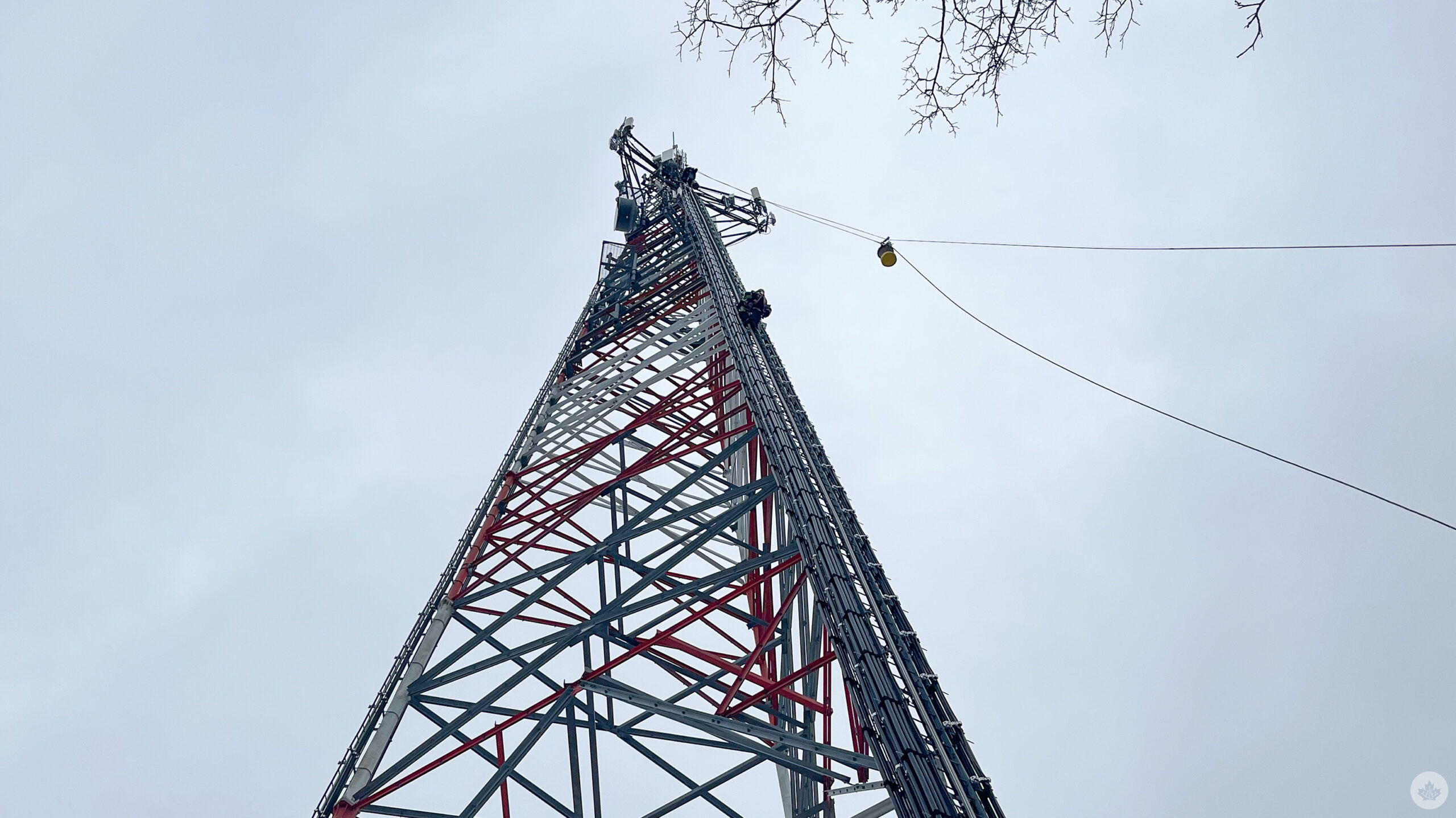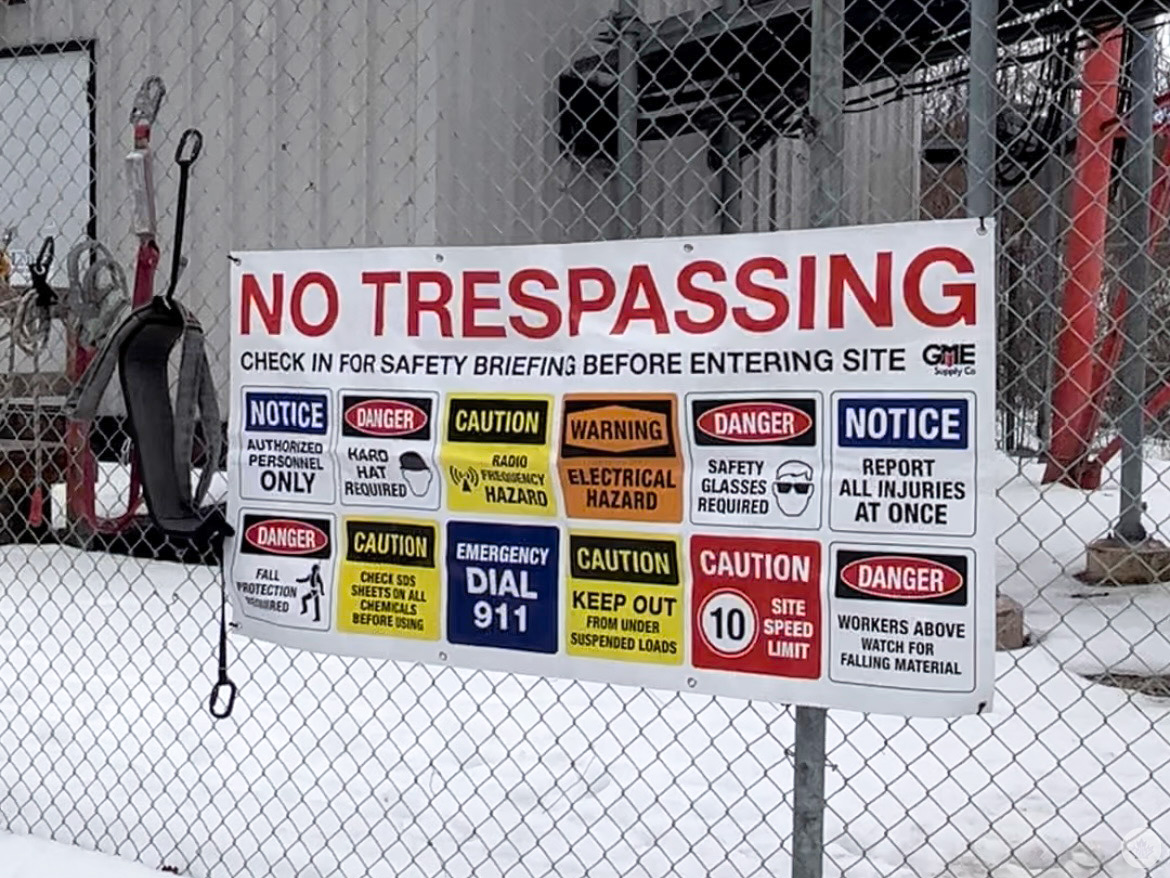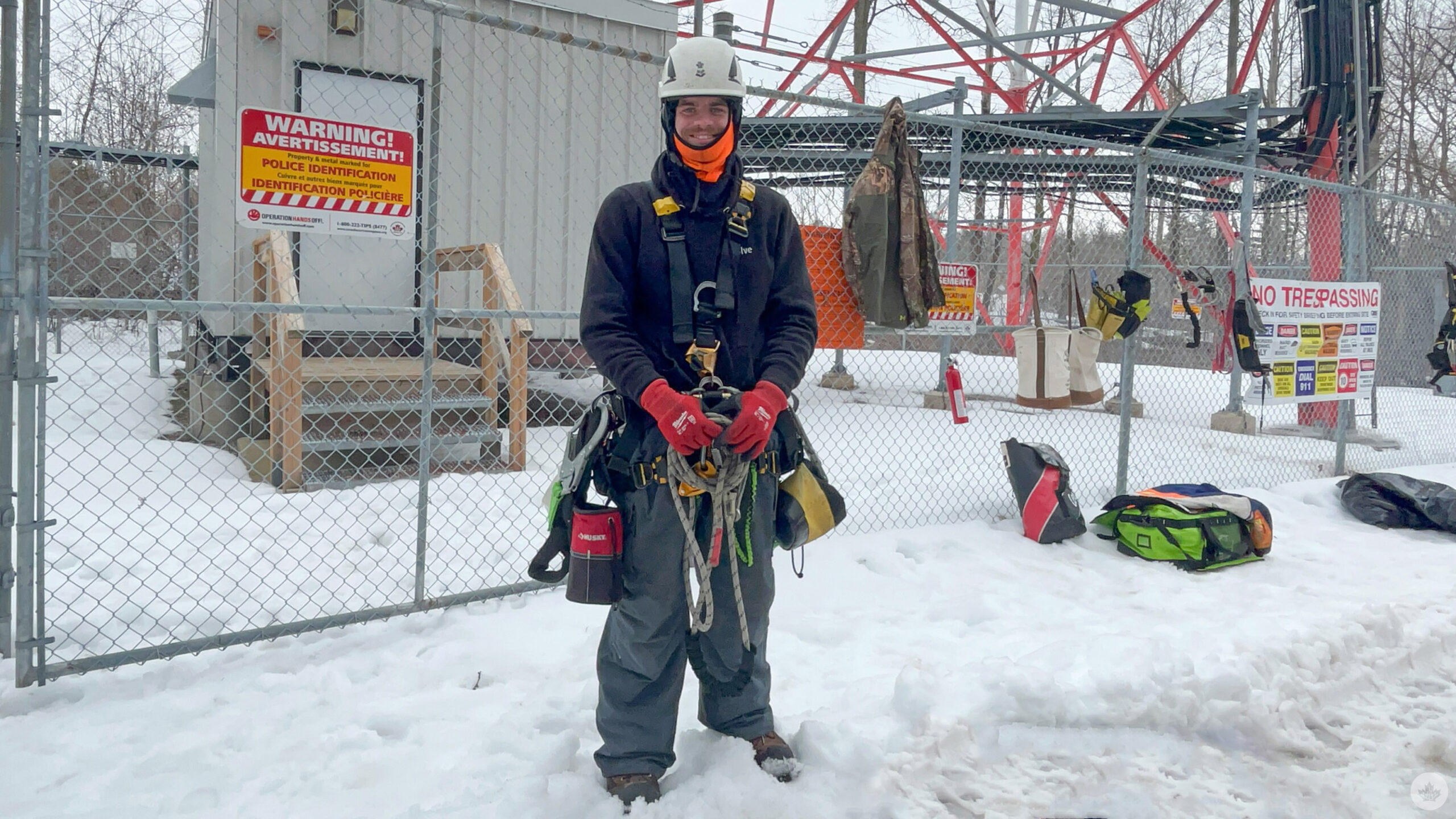
Cell towers are an integral part of Canada’s communication infrastructure.
Standing at various heights, the towers spotted throughout Canada connect cell phones with wireless services through radio signals, allowing people to communicate over long distances.
Canada has rules on tower sharing, meaning towers seen across highways and residential areas aren’t necessarily used by a single telecom provider. In 2007, Innovation, Science, and Economic Development Canada (ISED), known as Industry Canada at the time, announced it was mandating site sharing, partially to tackle the rampant growth of towers.
“Tower sharing was introduced to reduce tower proliferation and facilitate competitive entry by expediting network deployment,” ISED said in a 2012 document. The initial rules went into effect in November 2008 and were updated in 2013.
Regardless of who’s using the tower, providers roughly make connections the same way. A main fibre feed that comes from the carrier’s head office powers radio signals connecting wireless devices, Michael Tasker, vice president of deployment at Comsolve, told MobileSyrup. Equipment at the tower’s base connects to equipment at the top of the tower, where antennas transmit signals. Towers have some sort of area, typically a housed shelter, where providers store the equipment powering the cell tower.
 Global telecom giant Ericsson works with several Canadian telecom providers to power some of their services. Rogers, Telus, Xplore, and Bell are some of the many companies that use Ericsson to provide its 5G access.
Global telecom giant Ericsson works with several Canadian telecom providers to power some of their services. Rogers, Telus, Xplore, and Bell are some of the many companies that use Ericsson to provide its 5G access.
In order to deploy these systems, Ericsson employs a skilled set of tower climbers.
In the U.S., Ericsson hires its own climbers directly. But in Canada, the company works with local experts, such as ComSolve, to complete tower work.
The art of climbing a cell tower
A couple of months ago, I had the opportunity to visit one of the towers under Ericsson’s realm. Located in Southern Ontario, the tower stood at 73 meters (240 feet) tall.
A tour of its shelter showed me it wasn’t only a place for providers to store valuable equipment but an area that acted as a timeline of the progression of technology. There was a lot of older technology, such as Universal Mobile Telecommunications Service (UMTS), associated with 3G. Some of it was even decommissioned. Each time technology improves, new equipment, often much smaller and faster than its predecessor, is added. Older material is eventually removed.
“When it comes to safety, there is no cost,” Turpin.
Standing next to a gate restricting access to the base of the tower, I knew I could never make a career out of climbing cell towers.
But for experienced climbers like Mark Turpin, a general foreman at ComSolve, this was nothing. “These are nice little ones,” he said of the structure. While I had trouble grasping the reality of the statement, for someone like Turpin, this really wasn’t much. He comes from a family of climbers, and the now 40-year-old has been climbing such structures since he was 14, helping the family business during the summer months. In front of his highest climb, an 850-foot structure in Badan, Ontario, this was child’s play.
But before Turpin and his colleagues could even think about climbing the structure, there was another priority: safety.
“When it comes to safety, there is no cost,” Turpin said.
Every time a team of climbers arrive to work on an Ericsson project, they begin with a safety assessment and outline a mandatory plan that details things like where the nearest hospital is.
Climbers conduct a “tailgate meeting,” where they inspect their gear to ensure it’s safe to use. The idea is to do everything a team can before it climbs to ensure safety. But some things are out of their control, Turpin noted, such as weather, which can impact whether or not a climb is completed.
 Climbers go up with many things attached to their person, and one of those things is an RF meter, a must when working near antennas. “Going towards the front of an antenna isn’t safe,” Turpin said. When climbers are nearing the area, the RF meter will go off, a helpful tool given the realm of wireless connectivity.
Climbers go up with many things attached to their person, and one of those things is an RF meter, a must when working near antennas. “Going towards the front of an antenna isn’t safe,” Turpin said. When climbers are nearing the area, the RF meter will go off, a helpful tool given the realm of wireless connectivity.
“Wireless is magic. We don’t really know where it is. It’s all around us,” Ofir Smadja, the founder and CEO of ComSolve, told me.
Like Ericsson, for ComSolve, safety is of the utmost importance. “We have to climb, it’s a risky job, but we do whatever we can to prevent [problems],” Smadja said.
That’s why ComSolve has its own training facility, allowing employees to practice climbing before they go out into the work field.
It’s a practice Ericsson follows as well. Not only do their four facilities train employees on how to install a piece of equipment correctly, but to also ensure climbers are following the rules for their safety.
“It’s very challenging work,” Paulo Orosz, Ericsson’s training director, told MobileSyrup.
Training at Ericsson
One of Ericsson’s training facilities is located in Lewisville, Texas. Known as the training Center of Excellence, it has indoor towers and rooftops for climbers to practice on. These include a monopole (standing at 24m/80ft) and self-support cell towers (56m/185ft) that mimic real-life conditions and structures on the field. The recruits learn how to do the groundwork, hoist and install equipment, and weatherproof their cables, among several other things. Over two weeks, students climb an average of 2,600 feet.
Jessica Ivy Siewert, a trainer and former climber, said one of the reasons they do so much climbing is to help students with the heights of towers.
“The main thing is that everyone goes home at the end of the day,” McCauley.
“Sometimes the heights do it for people. They can’t get over the heights,” she said. “Not only is it for training for safety, but it’s also to see if they actually want to do this for the remainder of their time with Ericsson.”
Part of the training program also focuses on rescue. Students practice with MMA dummies, which weigh around 120 pounds. “You need to be capable if you’re doing this particular type of job,” Orosz said. When you’re hundreds of feet in the air, the only people who can help you are the teammates who went up with you.
“We start at the very, very bottom, and then we work our way up to the most complicated rescue. We don’t cut corners and don’t give a fast pass,” Siewert said. “[It’s important to ensure] everybody understands how to deal with the safest possible way in the Ericsson way.”
While some of the people Ericsson trains are recreational climbers, most of them are facing such heights for the first time. A former airline employee, Siewert said people with various backgrounds get into the field.
Back at home, the story isn’t much different. Liam McCauley is one of the people working on the site. The 23-year-old has been with ComSolve for a little over a year, and it’s his first job in telecommunications. With a background in the labour field, he quickly “fell in love” with his new job.
Safety, Orosz emphasized, is the most important thing. It’s one of the reasons Ericsson’s program focuses on climbing alone for a full two weeks. It’s a theme that hung strong throughout MobileSyrup’s visit to the Ericsson-powered cell tower.
“The main thing is that everyone goes home at the end of the day,” McCauley said.
MobileSyrup may earn a commission from purchases made via our links, which helps fund the journalism we provide free on our website. These links do not influence our editorial content. Support us here.



